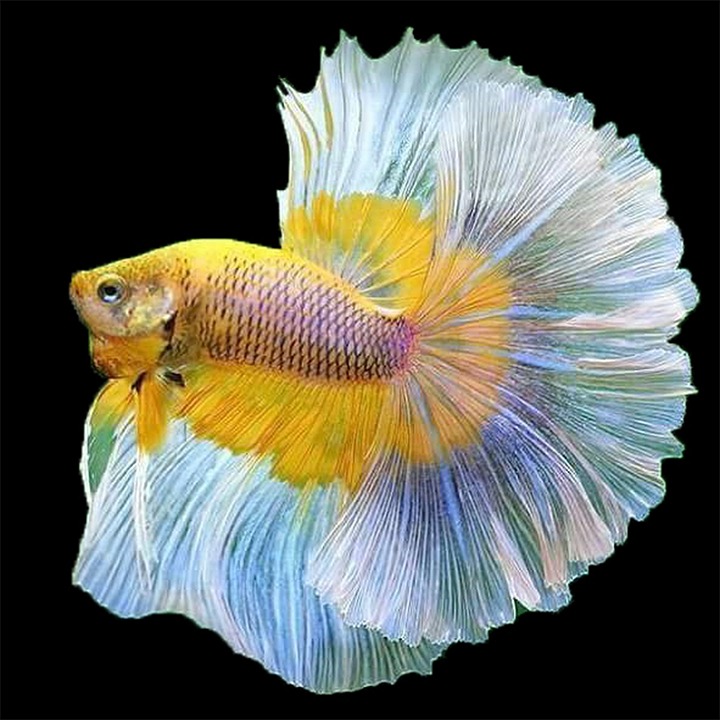Creating a stress-free environment during fish acclimation is crucial for the well-being and thriving of your aquatic pets. By following a step-by-step guide and addressing common questions, you can ensure a smooth transition for your new fish.
Proper acclimation is essential because introducing fish abruptly to unfamiliar water conditions can cause shock, stress, and illness. By acclimating them carefully, you can minimize these risks and increase their chances of adapting successfully.
The first step is to set up a quarantine tank before introducing the new fish to your main aquarium. This separate tank allows you to monitor and treat the fish for potential diseases before introducing them to your existing fish population.
Temperature equalization is the next important step. Fish are highly sensitive to temperature fluctuations, so it’s crucial to equalize the temperature of the water in the bag containing the new fish with that of the aquarium water. Float the sealed bag in the aquarium for around 15-20 minutes to allow the temperatures to gradually equalize.
While the temperature equalizes, you should adjust the water parameters to match those of your aquarium. Use a clean container to slowly add small amounts of aquarium water to the bag over 20-30 minutes. This process, known as drip acclimation, helps the fish gradually adapt to changes in pH, salinity, and other crucial water parameters.
After the acclimation process is complete, gently release the fish into the aquarium. Avoid adding water from the bag to the aquarium as it may contain harmful substances or diseases. Observe the fish closely for signs of stress or aggression during the initial introduction phase.
To create a stress-free environment, minimize disturbances during and after acclimation. Dim the lights and avoid sudden loud noises or rapid movements around the aquarium. This will allow the fish to acclimate at their own pace.
Here are some frequently asked questions regarding fish acclimation:
**Q: How long should the acclimation process take?**
A: The duration of the acclimation process can vary depending on factors such as fish species and differences in water parameters. On average, it is recommended to allocate at least 30 minutes for the acclimation process.
**Q: Should I turn off the aquarium filter during acclimation?**
A: It’s generally best to keep the aquarium filter running during acclimation. The filter helps maintain water quality and stability, which is crucial during this transitional period.
**Q: Can I acclimate multiple fish at once?**
A: While acclimating multiple fish simultaneously is possible, it is generally recommended to acclimate them individually. This allows you to closely monitor each fish’s behavior and ensure a smooth transition for all.
**Q: What signs indicate that fish are stressed during acclimation?**
A: Stress signs may include excessive hiding, rapid breathing, loss of appetite, unusual coloration, or erratic swimming patterns. If you observe any of these signs, it’s important to address the issue promptly by checking water parameters and consulting a knowledgeable fishkeeper.
**Q: Do all fish require acclimation?**
A: Acclimation is crucial for all fish, regardless of species or their source. Even fish bred in captivity can experience stress when transitioning to a new environment, making acclimation an essential step in their well-being.
By following these guidelines and taking the time to acclimate your new fish properly, you can significantly reduce their stress levels and increase their chances of thriving in their new home. Remember, a stress-free acclimation process sets the stage for a healthy and vibrant aquarium ecosystem.









